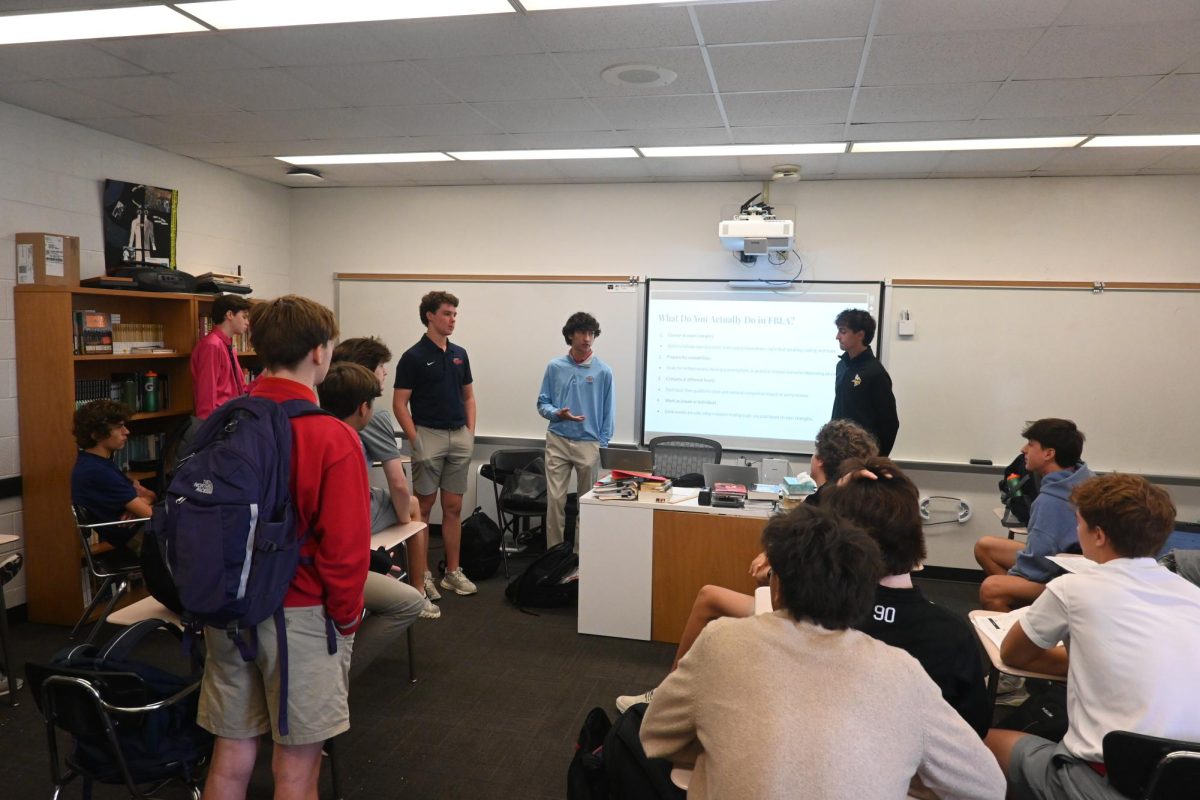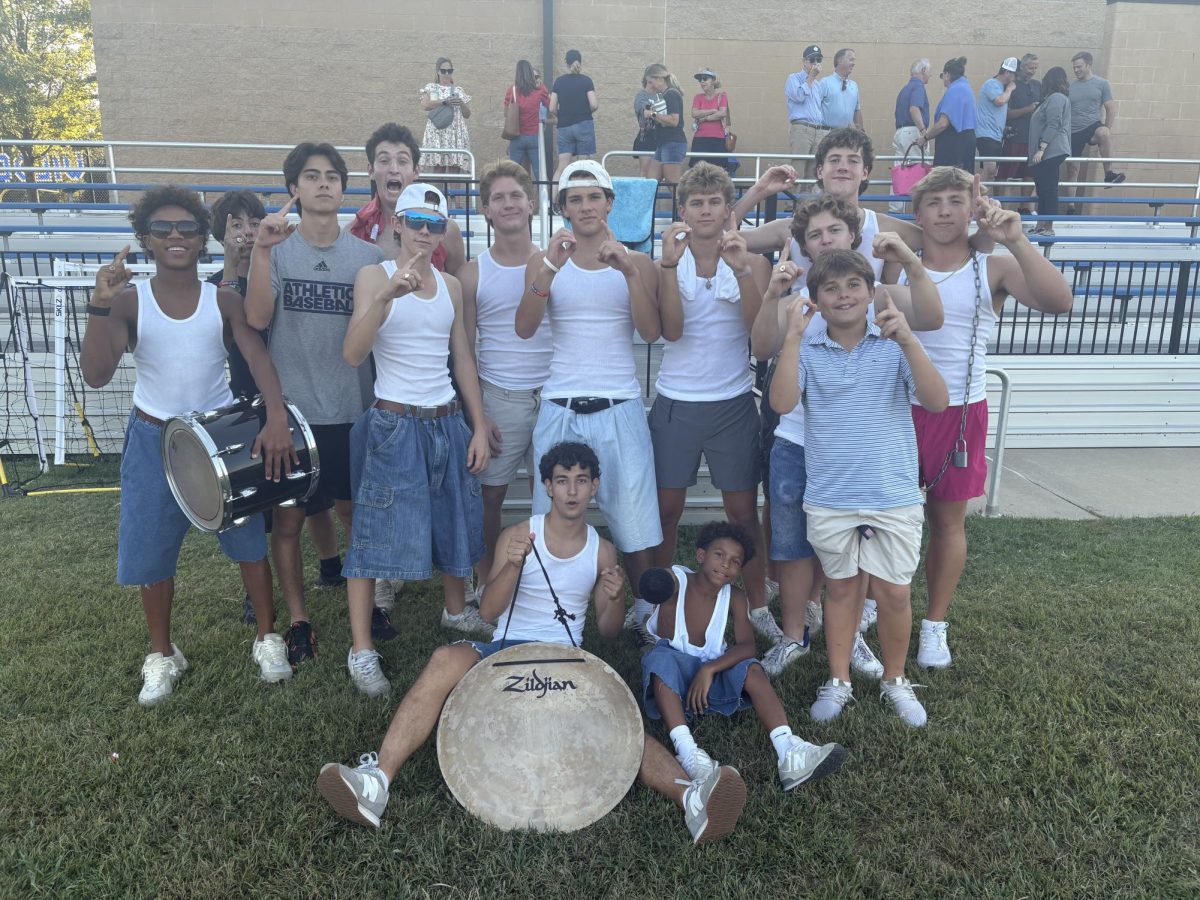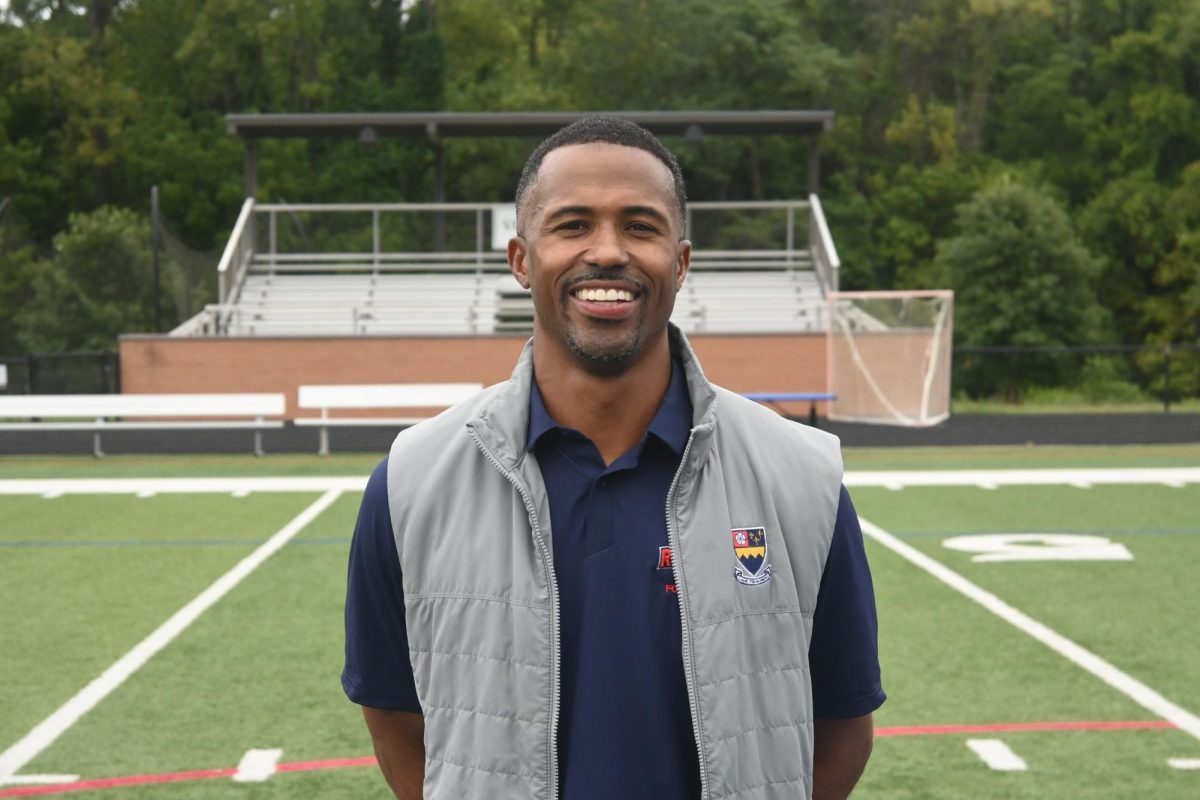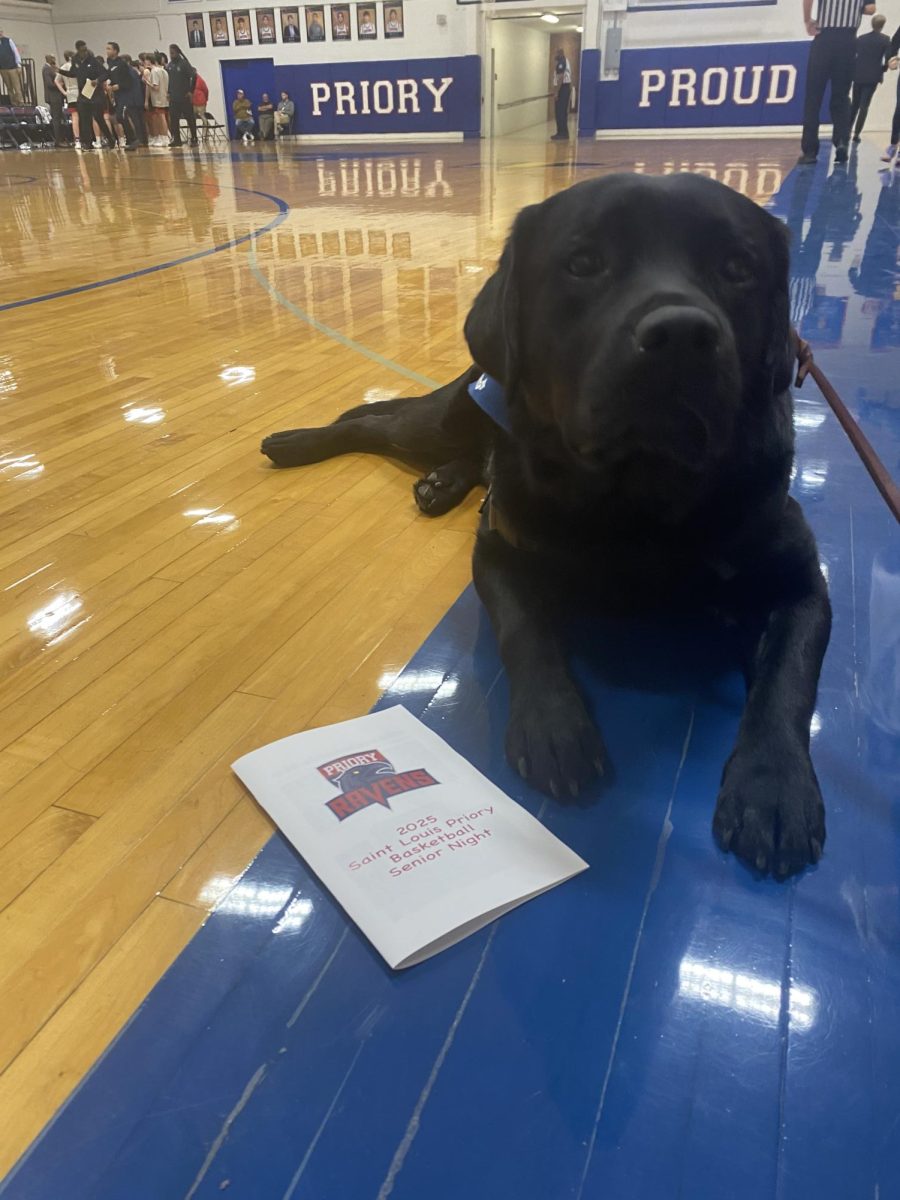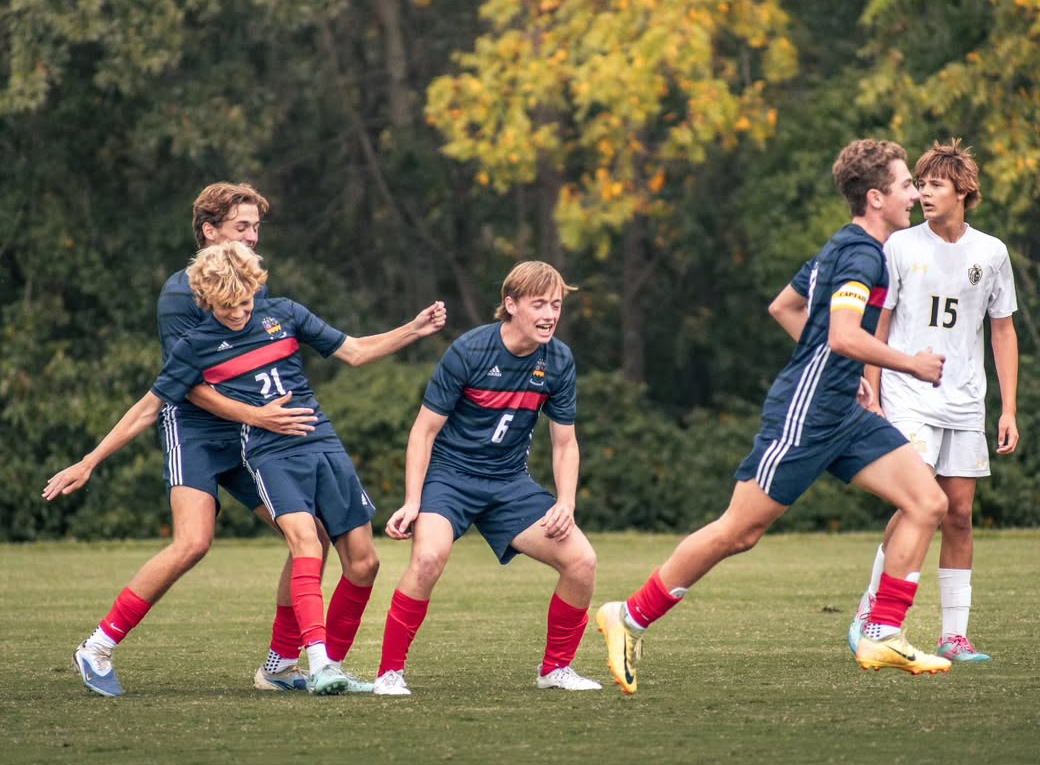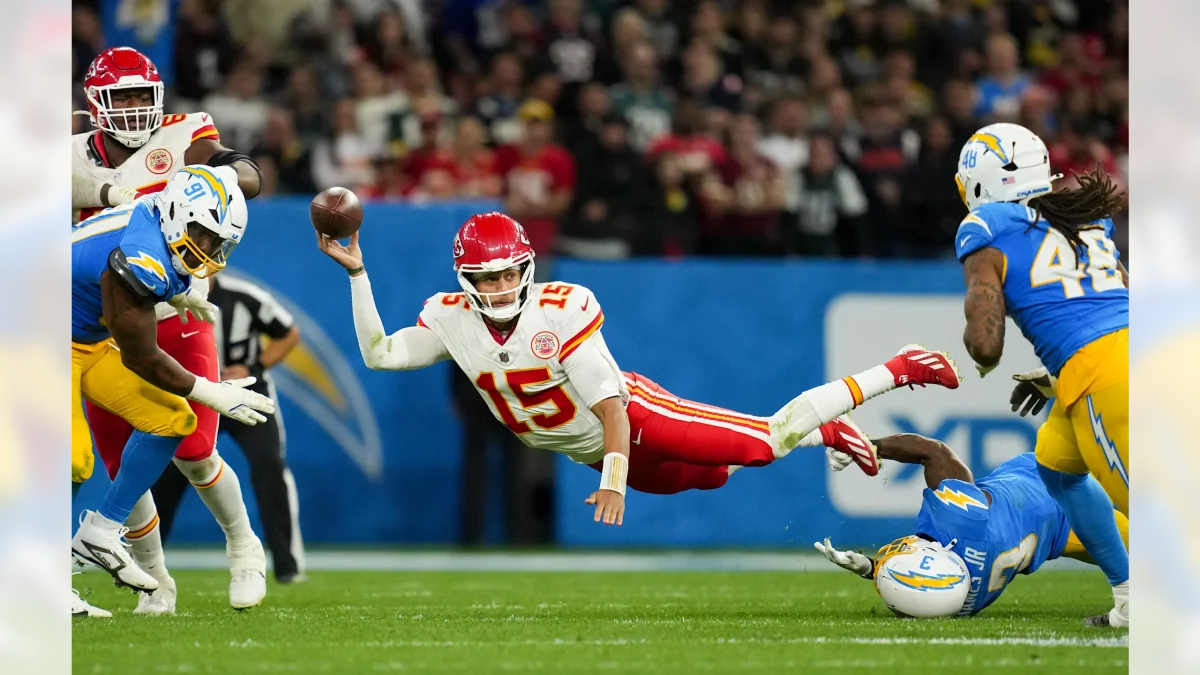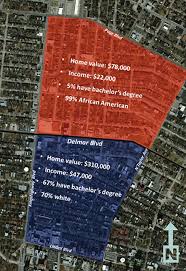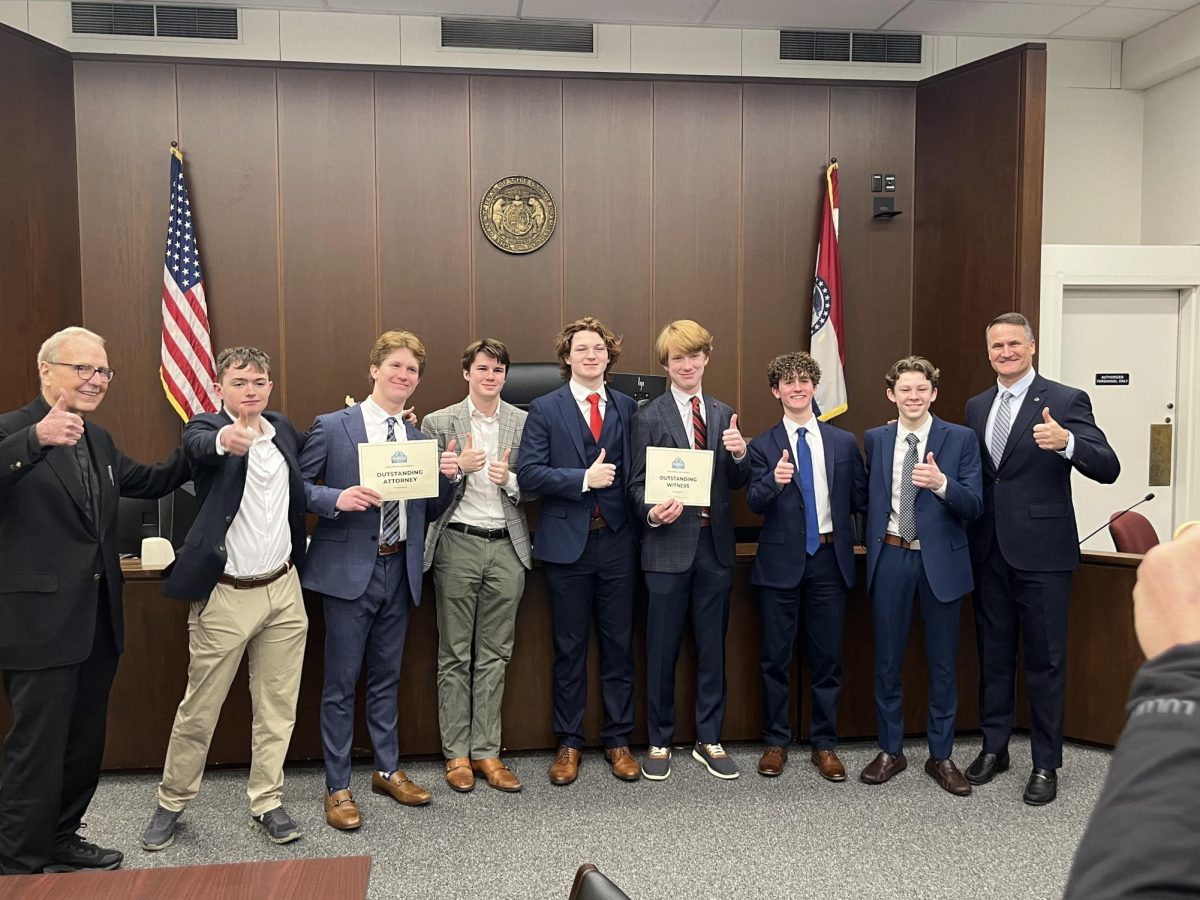After a nail-biting win at the St. Louis Regional in mid March, the Viz-Priory ViPrs Robotics team will be competing at the FRC World Championship in Houston Texas. This championship will take place April 16th through 19th, meaning it will last double the amount of time that the Regional did. This is the first time the ViPrs have gone to the world championship since 2010, and the second time overall in the team’s history. So, with 15 years between the two world championships, how has the team grown? What made this season one for the ages? I, design lead and co-drive captain of the ViPrs, am here to shed some light on our victories during the 2025 season and what is to come at the world championship.
From the very beginning this season already had great opportunity. Throughout the past decade more and more teams have made the switch from a standard tank drive to a swerve drive. A tank drive for an FRC robot consists of three wheels on either side of the robot, with one motor controlling each side. This allows for the robot to drive forward and backward, and it turns by driving one side, like a tank. On the other hand, a swerve drive consists of four modules that go on each of the four corners of the robot. Each module has two motors which control a single wheel. This wheel is able to swivel a full 360 degrees and drive forward and backward. The swerve drive is much faster than the tank drive. Even more significantly, it allows a robot to drive in any direction without turning, which allows for lightning fast maneuvering.
This year, we were finally able to purchase and equip our robot with a swerve drive, which already gave us great promise for the season. Another new mechanism on this year’s robot that put us ahead was an elevator system. This year’s game required a lot of vertical movement, as to score we were forced to actuate and are directly up. In the past the ViPrs, then named the RoboRebels, had attempted an elevator arm, with less success. This year we took a gamble by both attempting a swerve drive and an elevator arm, and it pays off fully.
In my time with the ViPrs, this year’s robot has been by far the most reliable. Through the entire competition she only had to replace one swerve module, which is super quick and easy, and make a couple small adjustments throughout the game. In past years during competitions I recall ending up being completely immobilized during multiple matches, so clearly this year an intense amount of focus, care, and quality had taken place throughout the build period.
During the St. Louis regional competition, we started off strong. Already on Thursday, which is practice day, we were scoring a lot. This is something we were not sure we could do yet. Charlie Schanbusch and Isaac Martin, our drivers, practiced for hours, developing a good rhythm of scoring. Our numbers improved. On the next day qualification matches began. These matches lasted until lunch on Saturday, and the entire time we remained in the top third of all teams. By the end of the qualification matches we were in the lower teens place out of about fifty teams. This put us just below being an alliance captain for the playoffs. As a quick explanation, after qualification matches, eight alliances of three teams go into the playoffs bracket. The winning alliance of the bracket wins the regional, so three teams win. The top eight teams after qualifications are the alliance captains, and they choose two more teams to join them. The ViPrs were just under being a captain, and yet alliance selection came and went and we still had not been chosen. It was a tense moment, but during the very last selection (the third spot in the number on alliance), they chose us. The feeling was unlike anything else. Not only were we able to continue into the playoffs, we were also going in alongside the best two teams at the competition. Saturday ended beautifully. The number one alliance won almost every match in the playoffs and swiftly we claimed victory.
Next up, we had to wait. This year, the rules changed. In the past, all winning teams at their regional immediately earned a spot at the world championship. However, this year there were officially too many winning teams to go. So all winning teams were placed into a pool, ranked by skill during the regional. Our ranking was quite high, but still we could not be sure we would be going. For weeks we kept working diligently, not knowing if it would all be in vain. Then finally, we got the email. We had officially been chosen to attend the FRC World Championship in Houston Texas.
Next week we will be attending the world championship. We’ll be gone for five days at a competition double the amount of time as the regional. This is the best year the ViPrs have ever had. I am super happy for my team, and am very hopeful for the future. I will be graduating soon, but there is still a lot of great talent on the team. I am very hopeful that the ViPrs can continue this trend and win many more regional championships in the years to come. Until then, we will fight hard at worlds. I anticipate greatness in what we will accomplish there.

